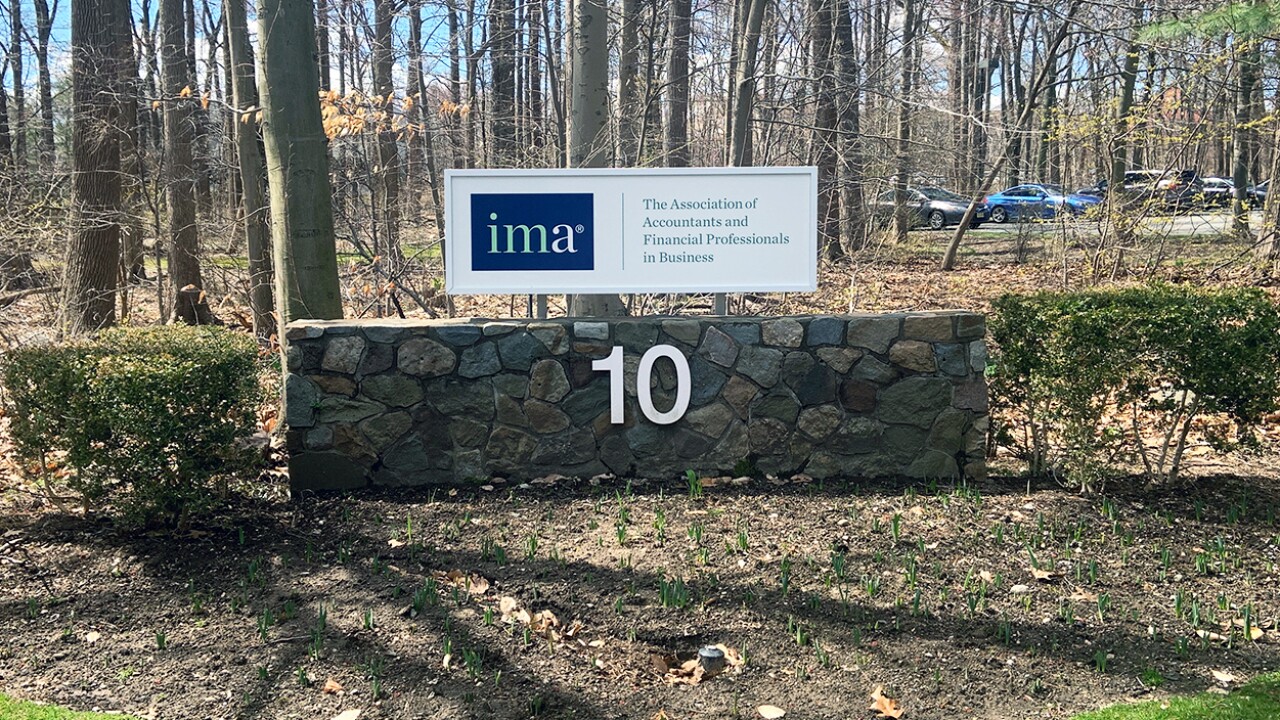IMGCAP(1)]For the third time in three years, the Internal Revenue Service has changed Form 2848, Power of Attorney and Declaration of Representative, which Circular 230 licensed tax professionals use to represent their clients before the IRS. Several major updates to the form anticipate Affordable Care Act compliance and reflect the retirement of e-Services online tools for tax professionals. However, one important change was not found on the form at all but, rather, in the instructions.
The IRS changed Form 2848 instructions to point out to practitioners how to get a list of their active authorizations on file with the agency. Authorizations automatically stay on file with the IRS for seven years. But when your client’s engagement is complete, it’s a best practice to withdraw your authorizations to limit your professional responsibility to the client and the IRS.
When your client’s Form 2848 remains on file with the IRS, the IRS will come to you, as your client’s authorized representative, to speak on behalf of your client even if you’re not engaged to do so. This can present client challenges and disrupt IRS compliance efforts. The IRS expects tax professionals with a power of attorney authorization to be in a knowledgeable position to represent their clients, or withdraw the authorization.
As the Form 2848 instructions now explain, practitioners can request a list of active authorizations by submitting a Freedom of Information Act request to the IRS Centralized Authorization File unit, which keeps track of practitioners’ filed tax authorizations. This FOIA request is called a CAF77 request.
Submitting a CAF77 request
The IRS requires a specific format for this request and provides a sample
Fax or mail the request to the FOIA office:
Internal Revenue Service
HQ FOIA
Stop 211
2980 Brandywine Road
Chamblee, GA 30341
Fax: (877) 807-9215
You can request that the IRS provide the listing of your authorizations on a CD (in a Windows Notepad text file) or in a paper document.
The listing will show all clients with active authorizations under a single CAF number. If you have multiple CAF numbers, you should request CAF77 listings for each CAF number. The listing will include all Forms 2848 and Forms 8821, Tax Information Authorization, in effect. It will not include the third-party designee from any filed returns.
It usually takes two to four weeks to receive your CAF77 listing. Once you receive the listing, review it for authorizations you’d like to withdraw.
Submitting an authorization withdrawal request
You can withdraw authorizations individually using the existing instructions on Form 2848. To withdraw multiple authorizations, it’s easier to use a CAF77 listing. Here’s how:
1. On your CAF77 listing, identify and mark out the clients for whom you want to keep authorizations on file. The remaining authorizations will be withdrawn.
2. Include a cover letter explaining that you want to withdraw authorizations for all clients listed, excluding the client information that is marked out. You, as the client’s representative, must sign and date the letter.
3. Send the cover letter and marked-up CAF77 listing to the assigned CAF unit for the state in which you practice. When the CAF unit receives your request, it should withdraw the authorizations you indicated.
After the CAF unit processes your request, the clients for whom you withdrew authorizations may receive Letter 2675C, Power of Attorney Termination Response. But the IRS is inconsistent in following this procedure. Likewise, you may or may not receive correspondence about whether the CAF unit processed your request. In addition, because this process is still manual, sometimes the IRS doesn’t process withdrawal requests at all, leaving authorizations erroneously in effect.
There’s no immediate, direct way to confirm that the IRS withdrew your authorizations. That is why it’s a best practice to regularly submit CAF77 requests to view your authorizations on file.
Many tax professionals have suggested that the IRS facilitate this process by allowing practitioners to view a complete listing of their authorizations and withdraw them in an online account. The IRS has expressed interest in this solution, but has not provided a timeline for development of this functionality.
As reflected in the IRS changes to Form 2848, withdrawing authorizations is an important practice. It provides needed closure to engagements and defines your professional responsibility to the client and the IRS.
Jim Buttonow, CPA, CITP, directs tax practice and procedure services and software for H&R Block, including assisting The Tax Institute at H&R Block with tax practice and procedure. He is also 2014-2015 chairperson of the IRS Electronic Tax Administration Advisory Committee.





